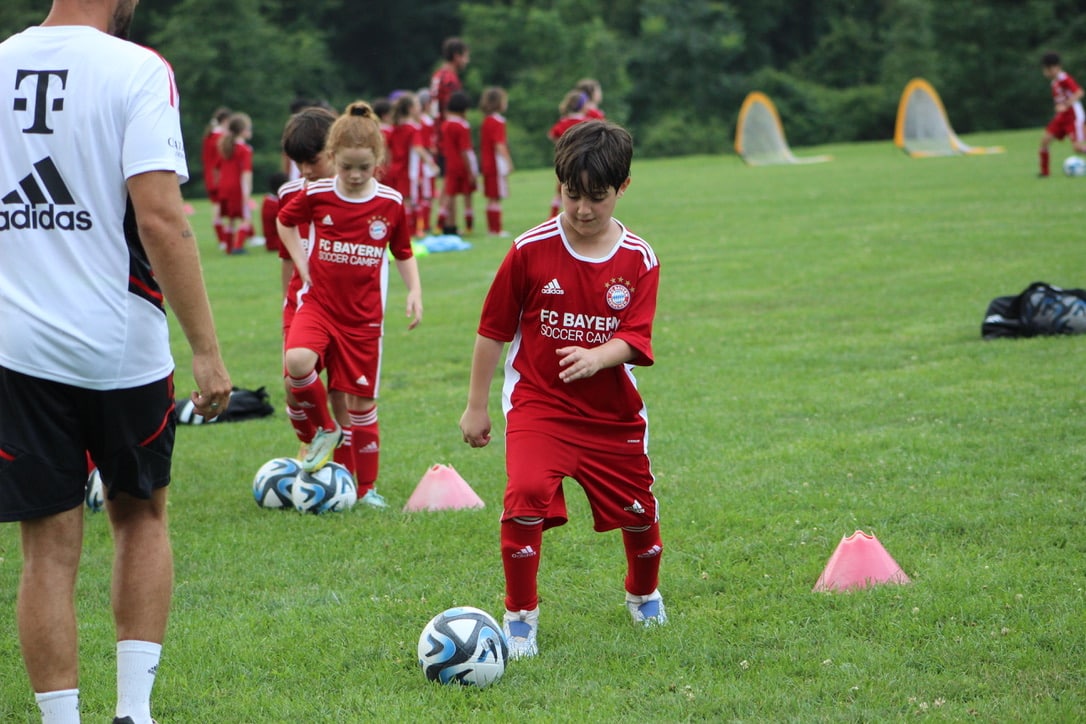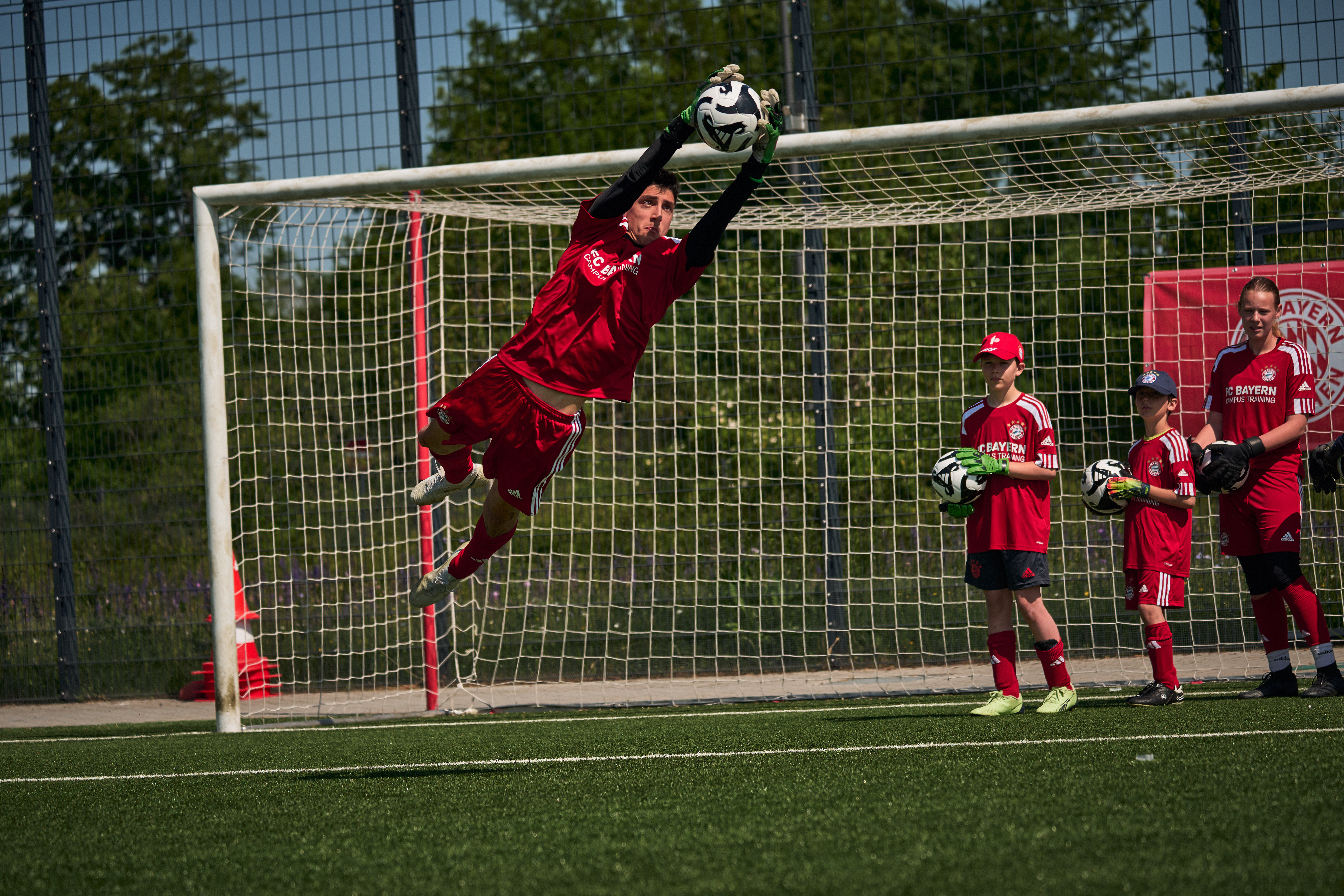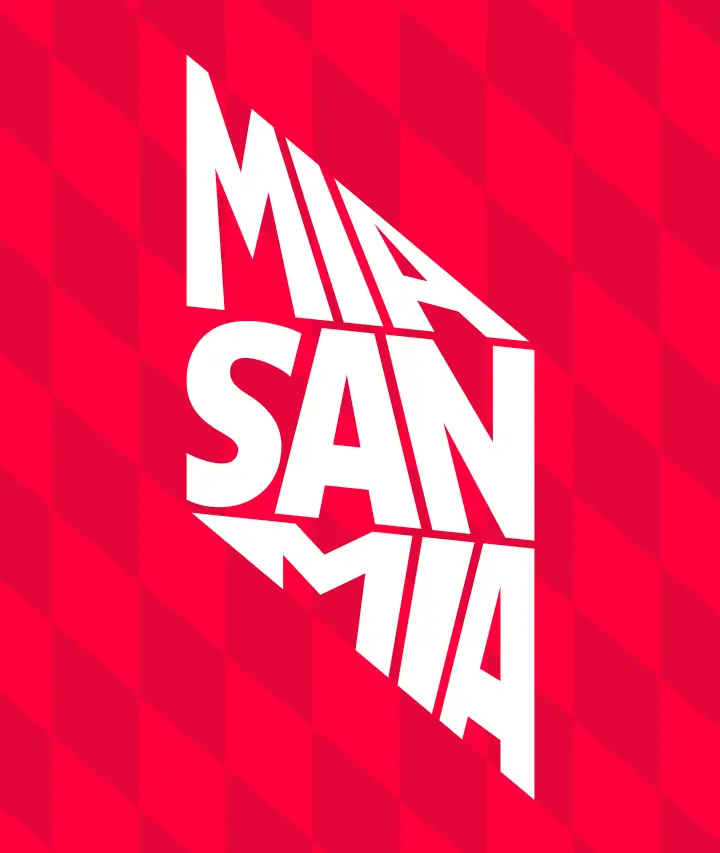Nothing gets the blood pumping quite like soccer. From the roaring crowds to the adrenaline rush of scoring a goal, this beloved sport is a thrilling spectacle. But behind the excitement and competition, there’s a world of training and preparation that makes it all possible. And that’s where the best soccer training equipment comes into play.
But here’s the thing: there’s a plethora of soccer training equipment out there, each promising to take your game to newer heights. So, how do you pick the ones that are truly worth your time and investment? Don’t worry, at FC Bayern Academy, we’ll show you the essential gear that truly helps you train smarter and play better.
Best soccer training equipment: uniforms and shoes
Soccer uniforms and shoes are not just mere clothing pieces, but tools that can significantly affect your performance on the field. Let’s dive into why they’re so important and how to choose the right ones for you.
Uniforms
They do more than just represent the team’s identity. A good uniform should be comfortable, durable, and suitable for various weather conditions. Here are some considerations when choosing soccer uniforms:
- Fabric: soccer uniforms are typically made from polyester because it’s lightweight, durable, and dries quickly. Some uniforms come with moisture-wicking technology to keep you dry and comfortable during intense training sessions.
- Fit: your uniform should be well-fitted, but not too tight. It shouldn’t restrict your movements or be too loose, which can cause it to snag on things.
- Design and colors: while functionality is key, you’ll also want to wear a uniform that reflects your team’s colors and logo to foster team spirit and unity.
Soccer shoes
They provide traction on the field, protect your feet, and help you control the ball better. Here’s what to look for when choosing soccer shoes:
- Material: soccer shoes come in various materials like leather, synthetic, and knit. Leather offers a snug fit and excellent touch, synthetic shoes are durable and water-resistant, while knit shoes provide a sock-like fit and great ball control.
- Stud pattern: the studs or cleats on the bottom of the shoe provide traction. For grass fields, shoes with longer, screw-in studs are ideal. For artificial turf or hard surfaces, shoes with short, rubber studs work best.
- Fit: a well-fitted shoe is crucial. It should be snug but not too tight, as this can lead to foot discomfort or injuries.
Choosing the right training ball
When it comes to picking the perfect training ball, it’s not one size fits all. You need to consider factors like your age, skill level, and the nature of your training. For example, young players or beginners may benefit from a lighter ball to help build confidence and basic skills, while more experienced players might opt for a professional-standard ball to perfect their technique. Here’s a quick guide:
- Size 3: this is ideal for young players under 8 years old.
- Size 4: this is suitable for players between 8 and 12 years old.
- Size 5: this is the standard size used by players aged 12 and above, including professional athletes.
Apart from size, also pay attention to the ball’s material, stitch quality, and bladder (the part that holds the air). These aspects can significantly affect the ball’s durability, feel, and flight. Remember, the ultimate goal is to choose a training ball that facilitates your growth as a player, not just one that looks cool. So take your time, do some research, and find the ball that feels right for you.
Skill-enhancing soccer training equipment: cones, ladders, and hurdles
Now, it’s time to talk about some cool training equipment that can catapult your performance to the next level: cones, ladders, and hurdles.
Soccer training cones
These bright little guys might seem basic, but they are truly versatile:
- They can be used to create a “dribbling path”, helping to enhance your control and speed with the ball.
- You can also arrange them to practice precision passing, weaving the ball through the cones as swiftly and accurately as possible.
- Cones are also great for agility drills, letting you work on your footwork and maneuverability.
Remember, it’s all about creativity. Set them up in a way that challenges you, reflects game situations, and keeps your training sessions fun and engaging.
Soccer training ladders
They lay flat on the ground and are fantastic for boosting your speed and agility:
- They’re excellent for quick feet exercises, which improve your footwork and balance.
- They can also be used for lateral quickness drills, enhancing your side-to-side movement and agility.
- Plus, ladders can help with coordination drills, improving your overall body control and movement.
Soccer training hurdles
This isn’t about turning you into a track and field athlete – it’s about enhancing your explosiveness and strength.
- Hurdles help to improve your vertical leap, which can be a game-changer in aerial challenges during a game.
- They also enhance your knee lift, promoting better stride and running mechanics.
- Plus, they’re fantastic for plyometric drills, which boost your explosiveness and power.
Bear in mind, safety first! Always use hurdles that are appropriate for your height and ability level.
The role of goalkeeper training equipment
When it comes to soccer training, a lot of focus goes into improving the skills of outfield players. However, it’s of the utmost importance to not forget about the unique training needs of goalkeepers. After all, a top-notch goalkeeper can often prove to be decisive. With the right equipment, goalkeepers can enhance their agility, reflexes, and ball handling skills. Let’s take a closer look at some of the must-have training tools for goalkeepers.
Goalkeeper gloves
These gloves, specially designed to protect the hands during hard ball impacts, also enhance grip, helping goalkeepers to catch and hold onto the ball. Quality gloves can significantly improve a goalkeeper’s overall performance. So, it’s vital to choose gloves that offer a perfect blend of comfort, durability, and grip.
Rebounders
This is a piece of equipment that every goalkeeper should have in their training kit since it helps improve reflexes, reaction speed, and ball handling skills. Designed to bounce back the ball at unpredictable angles, rebounders offer a challenging and fun way to test and enhance a goalkeeper’s skills.
Agility ladders and cones
Ladders and cones are not only for field players! In truth, they are equally essential for goalkeepers. These pieces of equipment help in improving footwork, speed, and agility – some of the most critical skills for a goalkeeper. In fact, regular drills with ladders and cones can help goalies make those game-saving dives and leaps.
Dive and save training balls
These balls, often attached to a cord, allow goalkeepers to practice diving and saving without needing another player to make the shots. They’re a great tool for solo training sessions.
Goal posts
Last but not least, a training goal post is indispensable for goalkeepers. While it may seem obvious, having a training goal of the right size can significantly impact a goalkeeper’s performance. It helps goalkeepers get familiar with the goal space and perfect their strategies for various angles of attack.
Your talent deserves the best soccer training equipment
At the end of the day, talent and dedication are crucial — but so is having the best soccer training equipment to help you reach your full potential. Each piece of gear plays a role in building your skills and confidence on the field.
At FC Bayern Academy, we’re committed to guiding players toward smarter training choices that truly make a difference. We invest in the best equipment to help you train with focus, so you can watch your game rise to the next level. Because with the best soccer training equipment — and the right support — there’s no limit to what you can achieve.
Join us at one of our camps to experience top-tier coaching, professional-level facilities, and hands-on training with the best soccer training equipment available.



